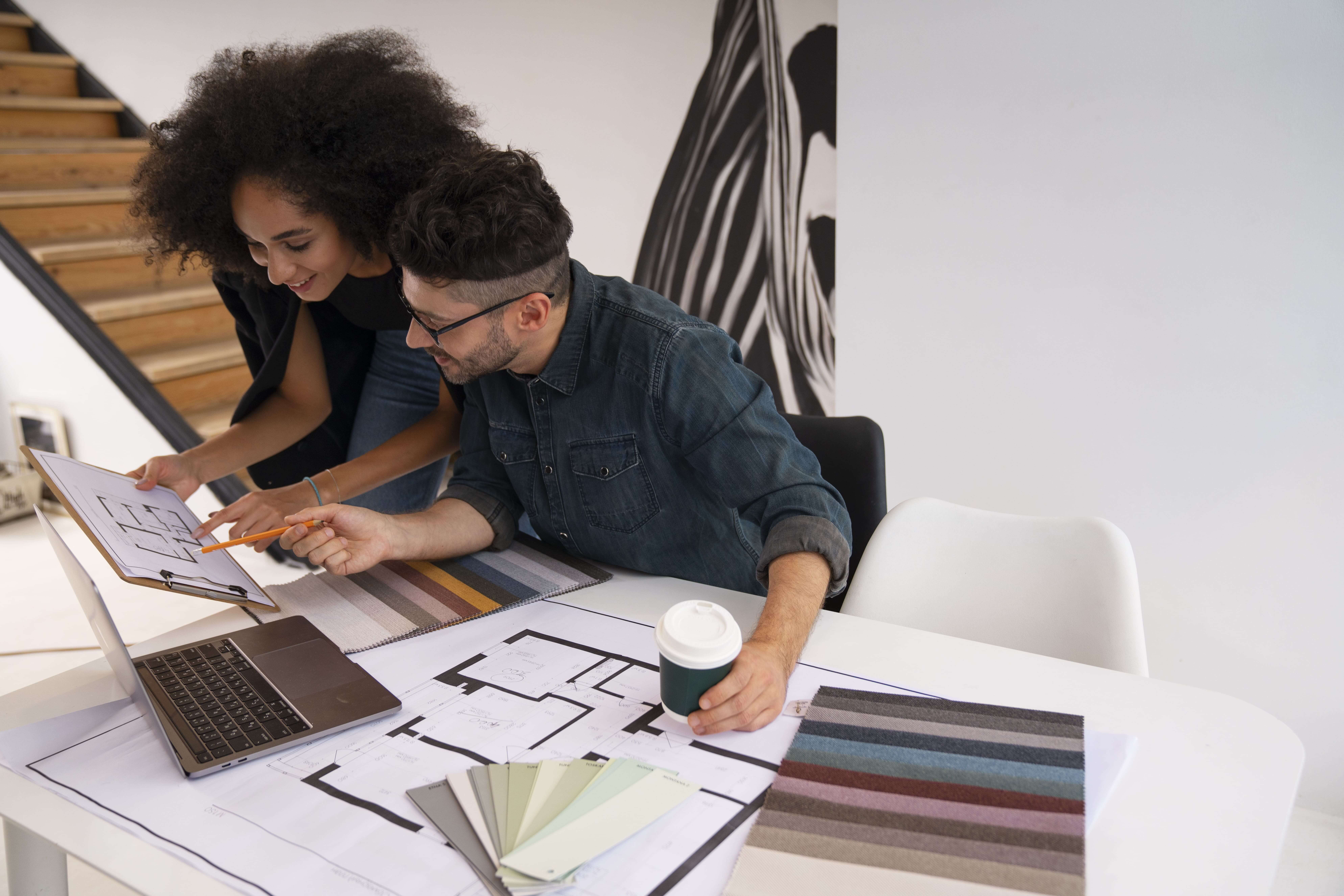
In Noida, where urbanites are trying to make their homes luxurious and comfortable, the demand for low budget interior design is growing. It may be difficult to strike a balance between aesthetics, functionality, and affordability; however, this becomes easier when you engage professionals with relevant expertise
Noida’s budget interior designers are adept at designing attractive and practical spaces on a shoestring. They possess skills in maximizing available resources, procuring cost-effective materials as well as implementing creative design solutions that yield remarkable outcomes yet retain high standards.
Before selecting budget interior designers in Noida one should look at their portfolio, experience, and philosophy toward design.
Noida is a city of rapid urbanization and diverse population, where people want their interior to be beautiful but still worry about the cost of doing so. However, when approached the right way and with guidance in place, it is possible to come up with stunning interiors without spending much money.
One of the main principles behind low-budget interior design is accepting simplicity. Choose smooth lines, minimalist furniture, and neutral color schemes to give that timeless feeling that never gets old fast. Simply reducing the complexity of design reduces both costs as well as increases attractiveness.
For affordable budgets prioritize essential elements that provide comfort and functionality for a particular space. Consider investing in quality pieces such as versatile furniture like sofa beds or dining tables having storage areas.
To buy furniture or decor items find sale offers, discounts, clearance sales, and many others to be able to buy more for less. Look around for some hidden unique stuff at the local markets, thrift stores, and online marketplaces at relatively low prices.
Choose economical materials to create an interior design with low budget in Noida. Go for faux finishes, laminate floors, or even vinyl tiles that resemble the expensive options but are much cheaper. Among these are sustainable eco-friendly alternatives which can help save money while still creating a healthy indoor environment.
Interior design dimensions, in the context of this book, refer to several aspects that contribute to the overall composition and functionality of a space.
Understanding these dimensions, Features of interior design, and using them appropriately is fundamental to having well-designed, harmonious interiors that match occupants’ needs and tastes.
Proportion and scale are crucial dimensions that affect the overall beauty and perceived unity of an interior space.
Proportion involves the way various elements in space, such as furniture, fixtures, and architectural features relate to one another. These elements must be harmonious with each other as well as the rest of the room to create order and balance.
Functional dimensions refer to practical requirements or activities within a given space. It includes things like ergonomics, accessibilities, traffic flow patterns, etc.. Designers must judiciously study functional dimensions if the layout and arrangement of furniture and amenities are easy to use for occupants.
Interior design involves aesthetics that include elements of visual and sensory nature such as light, color, texture, and pattern. These dimensions are quite instrumental in the mood, atmosphere, and style that are associated with a given place.
Design professionals blend these dimensions to come up with coordinated designs capable of generating various feelings but reflective of customers’ attitudes and even personal characters.
Interior Design And Interior Decoration Difference
Interior design and interior decoration differences are two closely related disciplines when it comes to creating visually appealing and functional interior spaces. However, although both fields are geared toward improving the beauty and usability of interiors they have varying scopes, methods of working as well as emphasis.
Interior design is an encompassing field that contains planning, conceptualization, and implementation of indoor areas. It comprises a vast variety of duties including space format, layout designing, architectural detailing, and material choice.
Spatial Planning- They concentrate on optimizing the use of area to create useful layouts that serve residents’ necessities effectively.
Architectural Elements- Architects often cooperate with them to combine structural elements such as walls, ceilings, and floors into the overall system.
Technical Knowledge- They have an in-depth knowledge of building codes, rules, and construction processes so that they can guarantee safety measures for interior areas are met.
Collaboration with Clients- Interior designers closely work with customers to understand their tastes, lifestyles, and usage requirements, modifying their plans to fit them.
Vision for the Future- Designers of internal spaces take into problems such as how prolonged a design can be maintained, and whether it is tolerable and flexible; this confirms that the concepts are always appropriate and valuable even after some time.